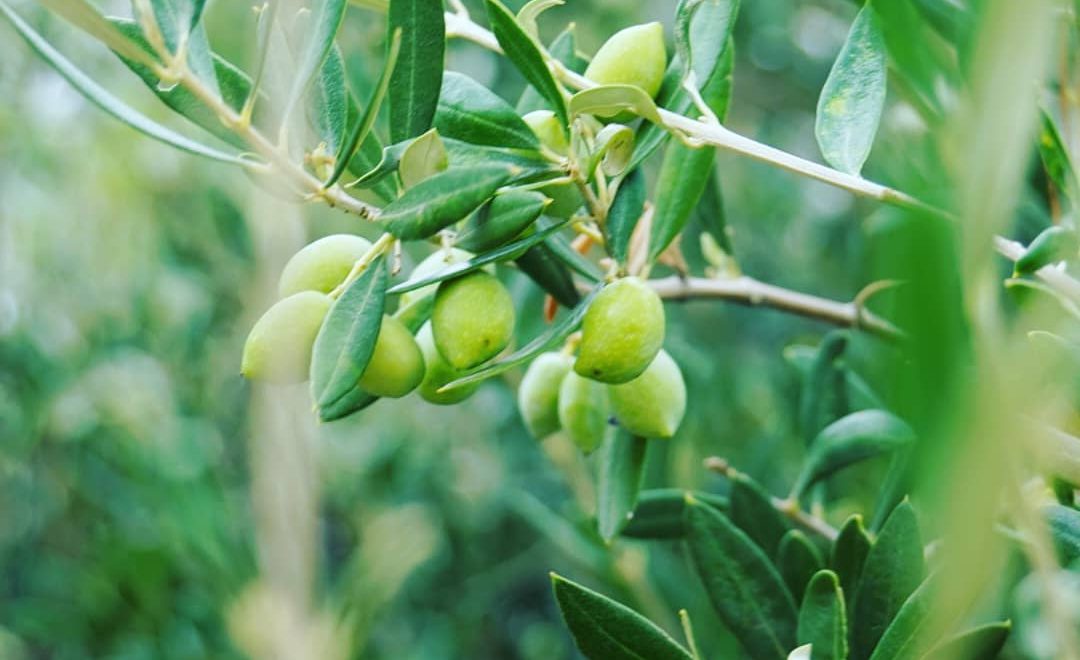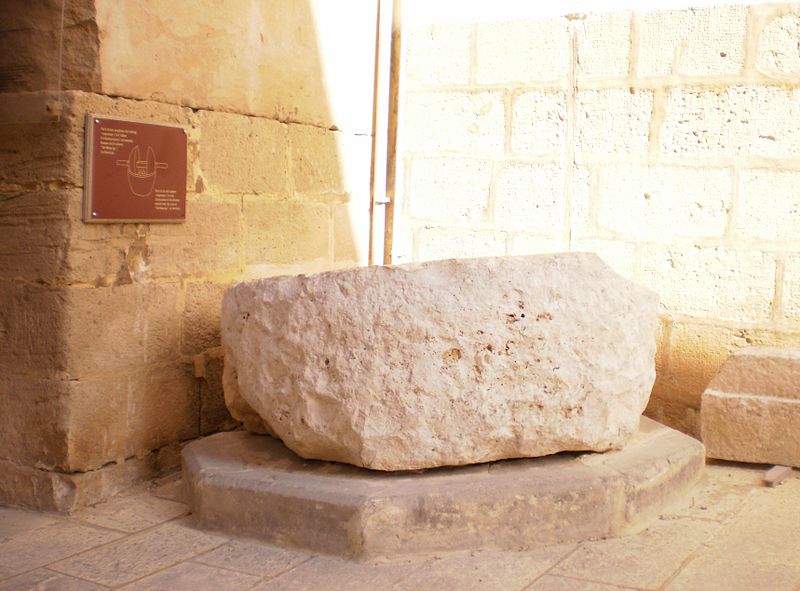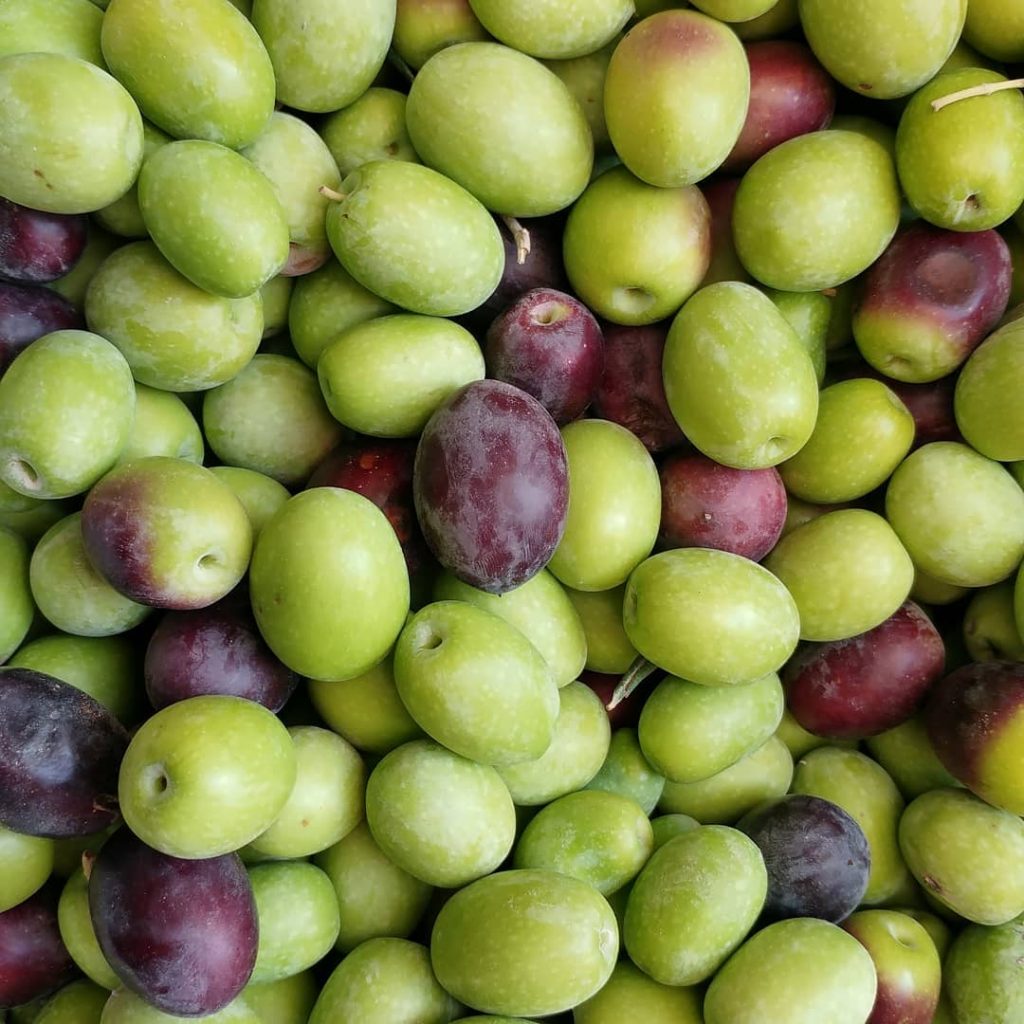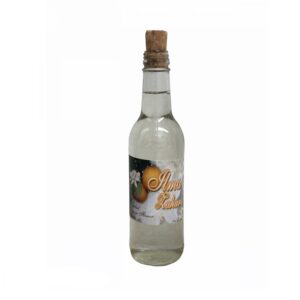
The olive tree is one of the oldest species of domesticated trees and the second most important oil fruit crop cultivated worldwide. 97% of the global olive cultivation is concentrated in the Mediterranean Basin.
The olive thrives in Maltese soils. Olive trees have been present in Malta for millennia. Carbonised remains of Olea Europaea L. – the olive – were discovered during excavations at Skorba Temples (4500–4100 BC). Several Maltese towns and villages that were named during the Arab period indicate that, by then, the cultivation of olive and olive oil production was widespread. Zaytun is Sicilian-Arabic for ‘olive’ and we find place names such as Iż-Żejtun meaning ‘ where olives are cultivated for oil production, as well as Bir id-Deheb meaning ‘well of gold’ (olive oil was referred to as liquid gold), Birżebbuġa meaning ‘well of olives,’ and Żebbuġ meaning ‘village of olives.’

Photo: wikimedia.com
Today the olive tree is being cultivated again in many areas around Malta and reclaiming its place in Maltese agriculture and landscape. Most of these olive trees are imported from Italy, Spain and Greece where the olive oil industry is well established. The native Maltese olive is know as “Il-Perla” for its distinctive white colour, only few can be found scattered mostly at the area known as “Il-Wardija”. Olive trees can be grown in all types of soil, as long as the soil is at least three meters deep. These trees need plenty of sunshine to produce olives and are therefore ideal for our Maltese climate. The olive tree is very tenacious and can live for up to 500 years. The olive fruit is usually ripe by Mid-September/October. It is green, becoming generally blackish-purple when fully ripe. The different varieties differ in size, shape, oil-content and flavour. An olive tree usually bears fruit when it is at least 4 years old.
How to brine Olives
When buying or picking fresh green olives for brining, keep these points in mind:
- Olives should not be damaged or mushy;
- It should be best if Olives are picked by hand;
- They should look firm;
- They should not be overripe.
- If you are planning to brine green olives, make sure they are green. The darker colors show that olives are riper. You can find the best green olives in late September and October.

Photo: ittokkgozo
Preparing the brine
Wash the olives very well under running water. Put the olives in a big jar or in a sealable container. To make the brine, mix 1 part sea salt with 10 parts of water making a 1:10 ratio. Ideally using Sea Salt for the mixture. Pour the brine over the olives. To keep the olives submerged place a plate and leave for at least 6 weeks in a cool, dark place. After 6 weeks, taste the olives, if the taste is bitter leave for a couple more weeks until the taste is less bitter.
Marinating and storing the olives
After curing the olives in brine, they are ready to be marinated and stored in olive oil. Drain the salted olives and wash with fresh, cold water. Transfer the rinsed olives to sterilized glass jars. Really try to squeeze as many of them in there as you can. If you like, you can add some garlic cloves, lemon slices, peppercorns, fresh chillies or a few sprigs of rosemary, or oregano to flavour the olives. Fill the olive-filled jars all the way with olive oil. Tightly cover the jars and store in the refrigerator or a cool dark place for up to 2 years.
 It-Tokk, Independence Square, Victoria, Gozo | Ta’ Dbiegi Crafts Village, Gharb, Gozo
It-Tokk, Independence Square, Victoria, Gozo | Ta’ Dbiegi Crafts Village, Gharb, Gozo



0 comments
Write a comment